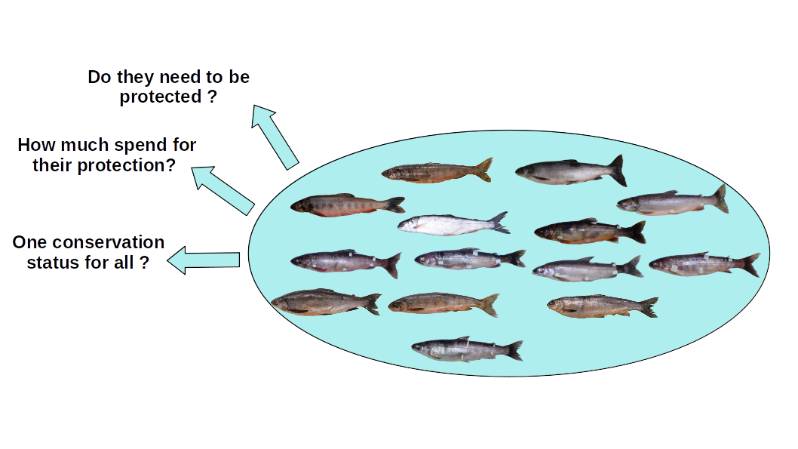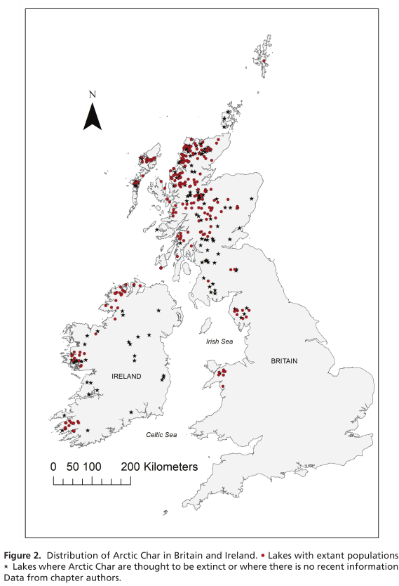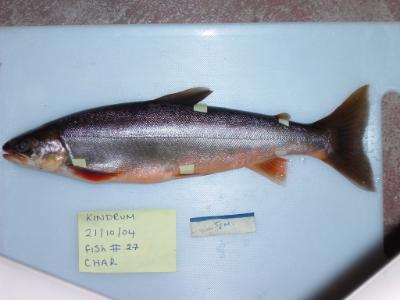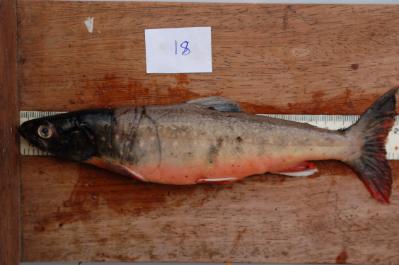The PhD project
Arctic char (Salvelinus alpinus) was among the first species to recolonize Irish freshwater habitats following the last glacial maximum ~26 000bp. As the ice retreated, previously anadromous populations became isolated in lakes. Founder effect(s) coupled with genetic drift and/or potential adaptations to particular lake environments, has subsequently led to high levels of genetic divergence among populations. Arctic char are ecological generalists and often exhibit a propensity for niche partitioning in diverse habitats, particularly in the absence of competitors and predators. We hypothesise that these factors have potentially promoted speciation (both allopatric and sympatric) within and among lakes, thus increasing genetic divergence. This divergence, added to the high level of phenotypic plasticity of the “species”, has been the cause of great taxonomic confusion; their respective roles being hard to disentangle. Indeed, early taxonomists described six species of Arctic char within Ireland in what is now lumped into a ‘species complex’. As Irish char is now acknowledged as vulnerable, correct taxonomic characterization is essential for their conservation and for the accurate estimation of the ecological services that they provide (economic value). This study aims to elucidate the taxonomic status of Arctic char in Ireland, utilising modern genomics tools.
This research project has 6 interconnected objectives:
The diversity observed in Irish Arctic char populations since their description (the ‘old’ species) hides phylogenetically separated entities since they have been isolated from each other for many generations. These genetic differences are hypothesised to be linked with phenotypic ones. Separating diverse life forms into the artificial entities constituting our taxonomic system is fundamentally subjective. In some cases like the one presented here, the biologic species concept is hardly applicable, as shown by the “char problem” academic debate. Thus, in order to revise the controversial taxonomic status of Arctic char in Ireland, we need to accurately quantify the amounts of differences (both genetic and morphologic), in order to answer the question: Are the differences in Irish Arctic char populations sufficient to be recognised in the form of a scientific species name?
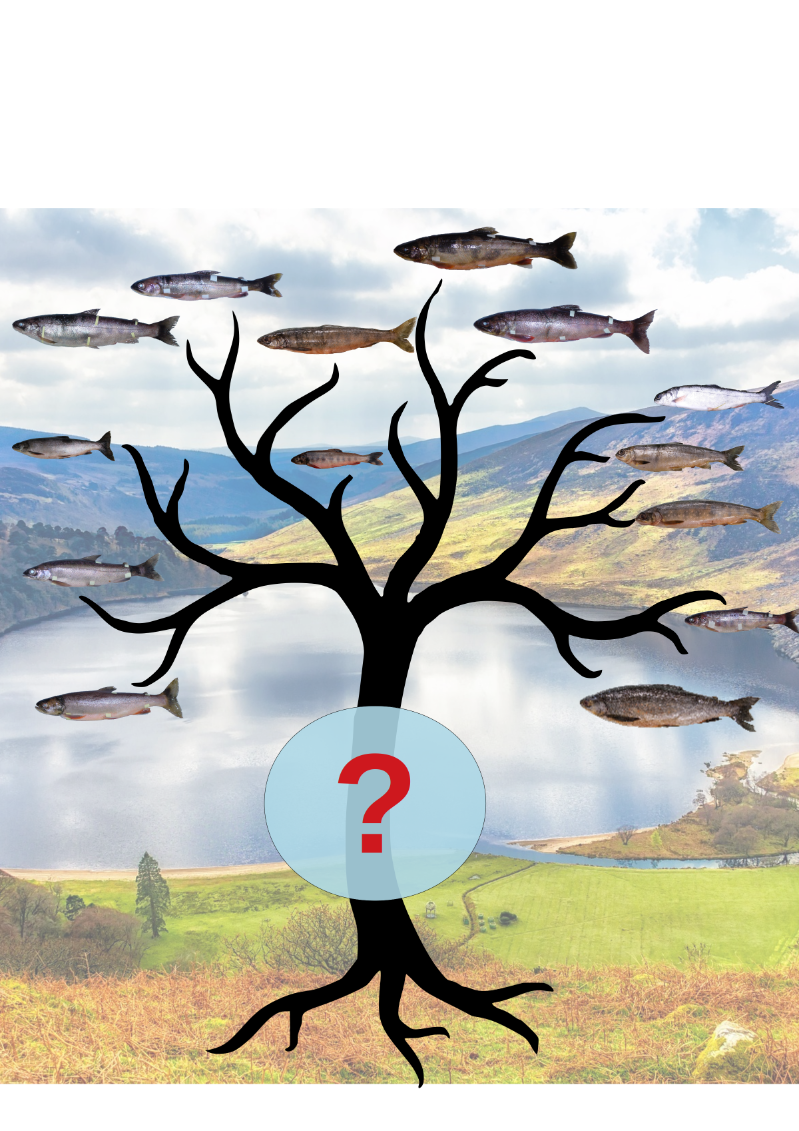
In order to achieve our first objective, it will be necessary to understand the origin of the current geographical repartition of Irish Arctic char populations. As a framework, phylogeography has already proven to be able to give insights into the phylogenetic and geographic relationships of organisms, populations, species, by matching their geographical distribution history with their gene trees.
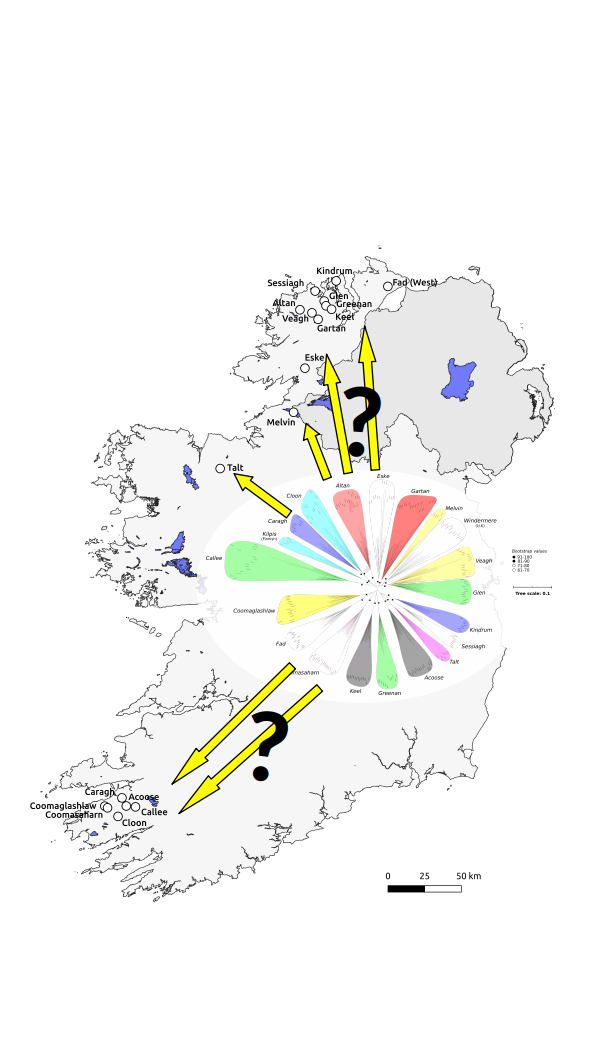
Our hypothesis is that a part of the phenotypic diversity observed in Irish Arctic char populations can be explained by the existence of sympatric populations, within lakes. Further, the origin of these sympatric lineages will be investigated, because two major solutions exist: Evolution in allopatry followed by secondary contact and reproductive isolation exacerbated by reinforcement selection, or evolution in sympatry. Indeed, the reality may be a complex mix of these two processes, across time and space.
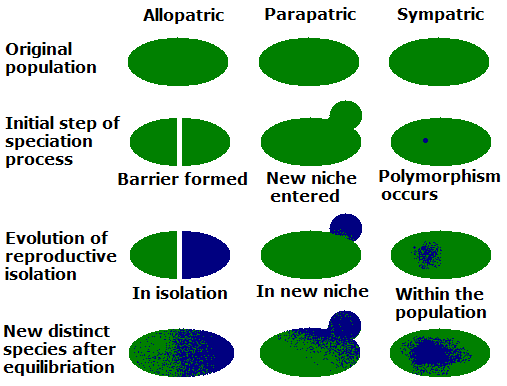
With the development of a environmental DNA detection method sensitive enough to discriminate different populations, it would be possible to assess the presence/absence of each of the different lineages of Arctic char (once the first three objectives achieved) in any water body. All lakes where char are known to live are monitored within the Water Framework Directive (WFD) (2000/60/EC). Although, some lakes have even never been assessed for char presence or absence, due to difficulties in accessing them with sampling equipment. Thus, this new method could be helpful in monitoring the char lakes at the population level, as well as in detecting the presence of other common fish species in Irish lakes (eg. brown trout, eel, sticklebacks, etc).
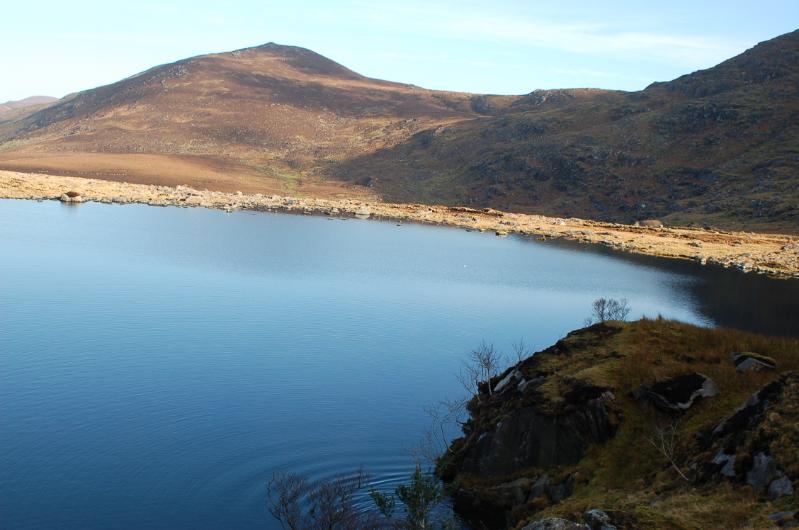
The comparison of environmental parameters for lakes containing Arctic char versus those in which Arctic char is now extinct, taking in consideration putative species in each case should allow for the identification of risk factors affecting long-term population survival. Once identified, we expect that these factors (e.g. temperature, water quality and level, spawning ground, invasive species) could be used for population eco-genetic modelling, to identify threats, but as well source populations for re-stocking programmes and/or environments needing restorative measures.
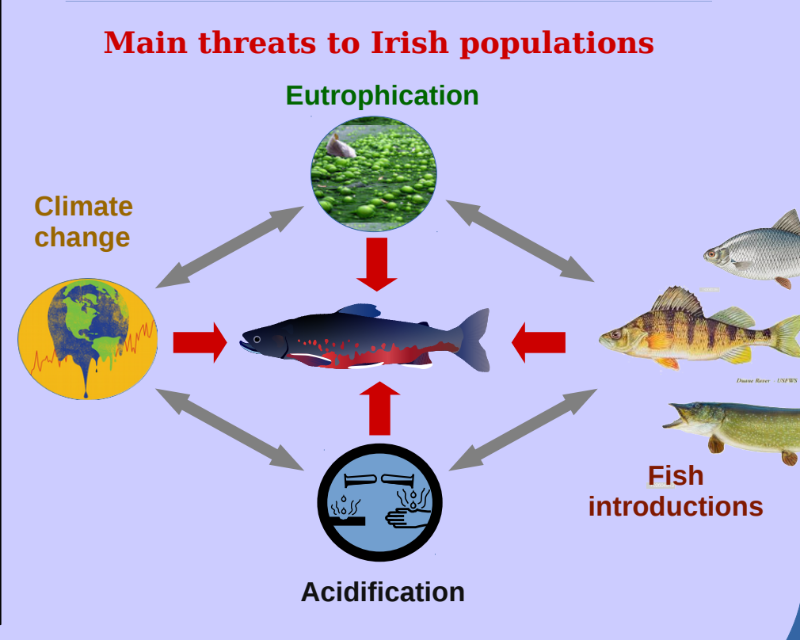
Ecosystem resources and services including, for instance, clean water and healthy fish populations, cannot be easily traded in conventional markets. The only approach for assigning monetary values to them is to rely on ‘non-market’ valuation methods. The importance of assessing society’s preferences for non-market goods and services in monetary terms is to enable environmental impacts generated by human activities to be accounted for in decision-making processes. Assessing the impacts in the quantity and quality of environmental assets brought about by economic activity allows environmental costs and benefits to be made comparable with, and placed in the same political dialogue as, conventional economic costs and benefits. While many people benefit directly from the preservation of fish species through angling, there may also be a sizeable proportion of the population who derive little or no use benefit but possess strong existence values be
